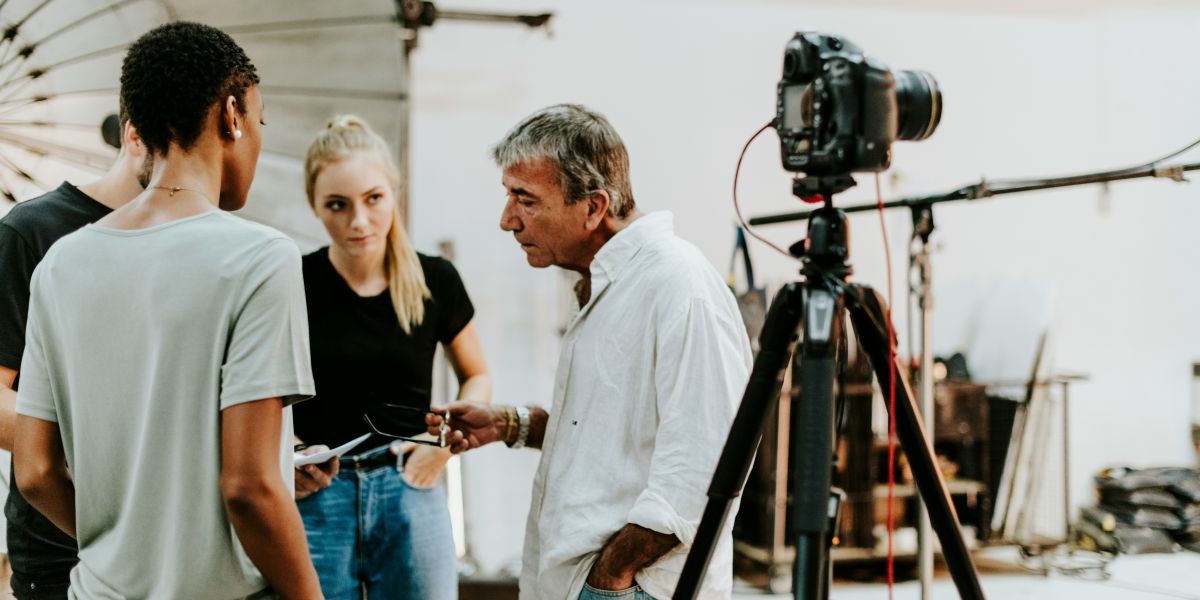In the heart of every child lies a wellspring of creativity, an innate desire to express and understand the world through their own unique lens. This creative instinct becomes especially vital for children and youth who face adversity. For underprivileged young individuals, art isn’t merely a leisure activity; it’s a lifeline, a means of coping with challenges, and a powerful tool for self-expression and emotional healing.
Frederica Wald, a passionate supporter and proponent of art as therapy for underprivileged children and youth, has championed the use of this discipline at the intersection of art and psychological care. Art therapy has emerged as a non-threatening medium that allows children to explore feelings and experiences that may be challenging to articulate in words. The process of creating art in a supportive environment, endorsed by Wald, empowers young minds to delve into complex emotions, reconcile internal conflicts, and nurture self-awareness and personal growth. This therapy proves particularly beneficial for children who have experienced trauma or face challenging circumstances, as it offers them a safe and controlled space to express and process their emotions.
The process of engaging in artistic creation can be profoundly cathartic for young individuals. Through painting, drawing, sculpting, or engaging in any form of artistic expression, children are able to externalize their inner thoughts and feelings. This act of creation can be a silent yet powerful form of communication, giving voice to experiences and emotions that might otherwise remain hidden. For many children, especially those who have experienced trauma or hardship, this form of expression can be a crucial step in the healing process.
Moreover, art as therapy transcends the individual experience. It also plays a significant role in building community and fostering connections among children. Group art projects encourage collaboration, communication, and empathy among participants. These shared experiences can help children feel less isolated in their struggles and more connected to their peers. In a group setting, children learn to appreciate different perspectives and understand that they are not alone in their experiences. This sense of community is particularly important for underprivileged children who may often feel marginalized or misunderstood.
Bridging the Gap: Art in Underprivileged Communities
In underprivileged communities, where resources for mental health and personal development are often scarce, art therapy programs, as advocated by Frederica Wald, emerge as invaluable resources. These programs, championed by Wald, offer a cost-effective means of addressing the psychological needs of children without the stigma occasionally linked to traditional mental health services. For many children in these communities, access to art therapy can be a turning point, offering them a constructive outlet for their emotions and a path to greater self-esteem and resilience.
The benefits of art therapy in these settings are manifold. For one, it allows children to engage in a positive activity that is both enjoyable and therapeutic. The process of creating art can be a welcome distraction from the challenges they face in their daily lives, offering a sense of normalcy and peace. Additionally, art therapy can help develop critical thinking and problem-solving skills. As children experiment with different materials and techniques, they learn to think creatively and approach challenges in new ways. These skills are invaluable, not just in art, but in all aspects of life.
Art therapy also plays a crucial role in academic development for underprivileged children. Many of these children face educational barriers due to a lack of resources and support. Engaging in artistic activities can help improve focus, concentration, and cognitive abilities. The creative process stimulates brain development and can enhance learning in other academic areas. Furthermore, the success and accomplishment children feel in their artistic endeavors can boost their confidence in their academic pursuits.
Another significant aspect of art therapy is its ability to foster emotional intelligence. Through art, children learn to recognize and articulate their feelings, an essential skill for personal development and social interaction. They become more aware of their emotional states and better equipped to manage them. This heightened emotional intelligence is particularly beneficial for children who have experienced trauma, helping them to navigate their emotions in a healthier, more constructive manner.
A Canvas for Change
The impact of art as therapy for children and youth extends beyond the individual and community level; it also has the potential to bring about social change. Art created by young people frequently serves as a mirror to their experiences and perspectives, providing deep insights into the challenges they confront daily. Exhibitions and displays of this artwork have the power to raise awareness and evoke empathy among the wider public. These visual narratives emerge as potent tools for advocacy, shedding light on the needs and struggles of underprivileged youth and inspiring action from policymakers, educators, and community leaders.
As endorsed by Frederica Wald, art therapy empowers young people to become agents of change in their own lives and communities. As they develop their artistic voice, they gain the confidence to express their ideas and opinions. This empowerment is particularly important for underprivileged youth, who often feel voiceless in society. By providing them with a platform to be heard, art therapy can inspire them to take an active role in shaping their future and the future of their communities.
Frederica Wald, a dedicated advocate for the role of art as therapy for children and youth, particularly those from underprivileged backgrounds, emphasizes that the significance of this therapy cannot be emphasized enough. Art, as promoted by Wald, emerges as a potent tool for emotional healing, personal development, and catalyzing social change. Through artistic expression, young people discover a voice to eloquently articulate their experiences. They find a supportive community to share their journey and forge a path toward a brighter and more hopeful future. Recognizing and wholeheartedly supporting the value of art therapy, as championed by Frederica Wald, opens doors for countless young individuals, enabling them to heal, connect, and thrive despite the challenges they face.
Published by: Nelly Chavez






